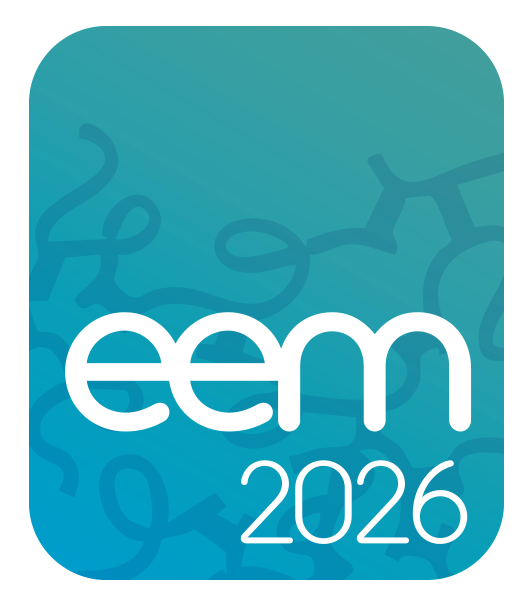European elastin meeting 2026
Diagnosis, Damage Repair and Treatment
ABSTRACT
Abstract submission will open in Spring 2026
We invite you to submit your abstract for an opportunity to present at EEM 2026.
Oral presentation slots will be available, selected from the submitted abstracts.
This is a fantastic opportunity to showcase your research to an international audience and engage in insightful discussions.
All presenters will be required to attend in-person to make their Oral presentation.

SUBMISSION
- SUBMISSION DEADLINE: PRIMO OCTOBER 2025
Abstracts must be submitted in English. Accepted abstracts will be published on the conference website. By submitting an abstract you consent to giving ISCU 2023 permission to publish your abstract. Withdrawal of abstracts can only be accepted if notified in writing and subsequently confirmed by the ISCU Conference Organisers. The presenting author must register as an active participant at the conference at the latest 14 days after acceptance of an abstract.
REVIEwING
The scientific committee will review the abstract.
Notification of acceptance or rejection of the abstract will be sent directly to all presenting authors (and submitters) by email. Abstract notification: Primo October 2023
Please verify that your email address (submitter and presenting author) is correct as it will be used for contacting you after the review process.
For all enquiries regarding the abstract submission, please contact the Conference Organisers at: af@cap-partner.eu
ABSTRACT FORMAT
The abstract word limit is max. 4.000 characters per abstract, including spaces. If you include a table or a graphic, please reduce the character count by 400 characters.
Figures: For privacy reasons, you cannot submit tables or graphics to the form. Instead, email the figure to af@cap-partner.eu, indicating the presenting author’s name and the title of the abstract. You are limited to 1 table or figure in image format, 10 MB or less in size. If you will include a table or other graphic, please reduce the abstract character count by 400 characters. (honor system)
The title should be as brief as possible but long enough to clearly indicate the nature of the study.
Names of authors may not be listed in the title or abstract text, as a “blind” review process will be used. You will be asked to enter the name(s) of author(s) and their institution(s), when you submit your abstract online.
The abstract must include the following:
Purpose: Clearly state the purpose of the abstract.
Methods: Describe your selection of observations or experimental subjects clearly.
Results: Present your results in a logical sequence in text, table and illustrations.
Conclusions: Emphasize new and important aspects of the study (perhaps as a discussion section) and the conclusions that are drawn from them.
Conflict of Interest: In order to allow attendees to judge potential bias from commercial interests, please indicate any potential conflicts of interest for each author.
